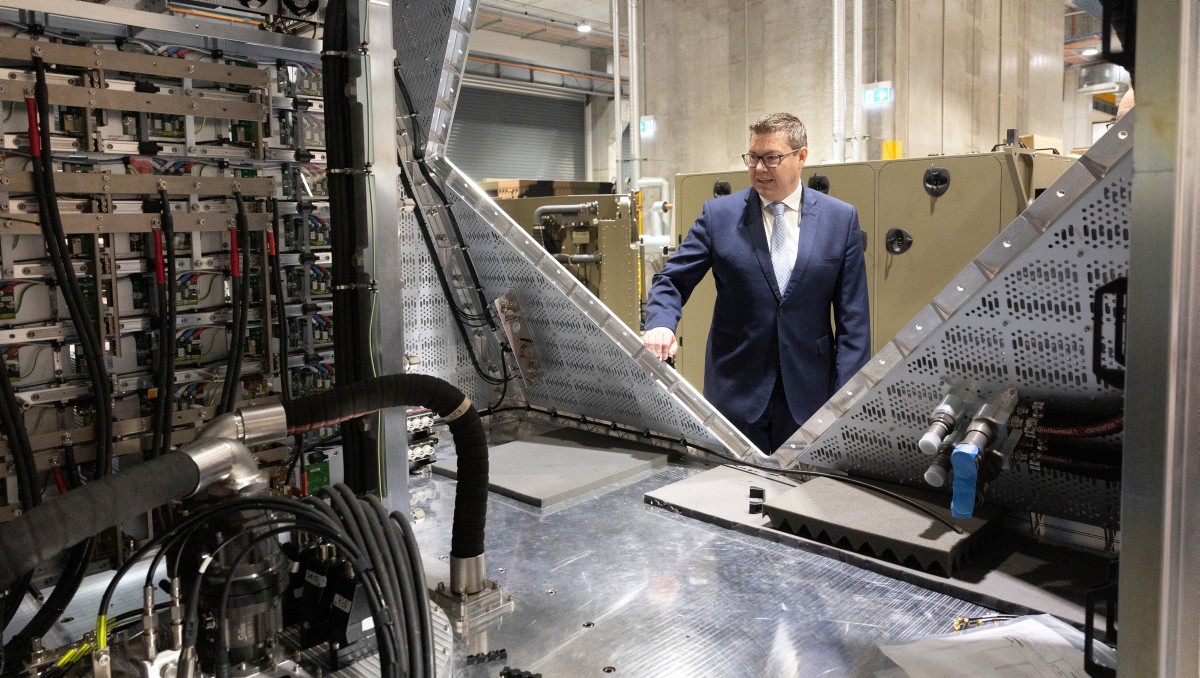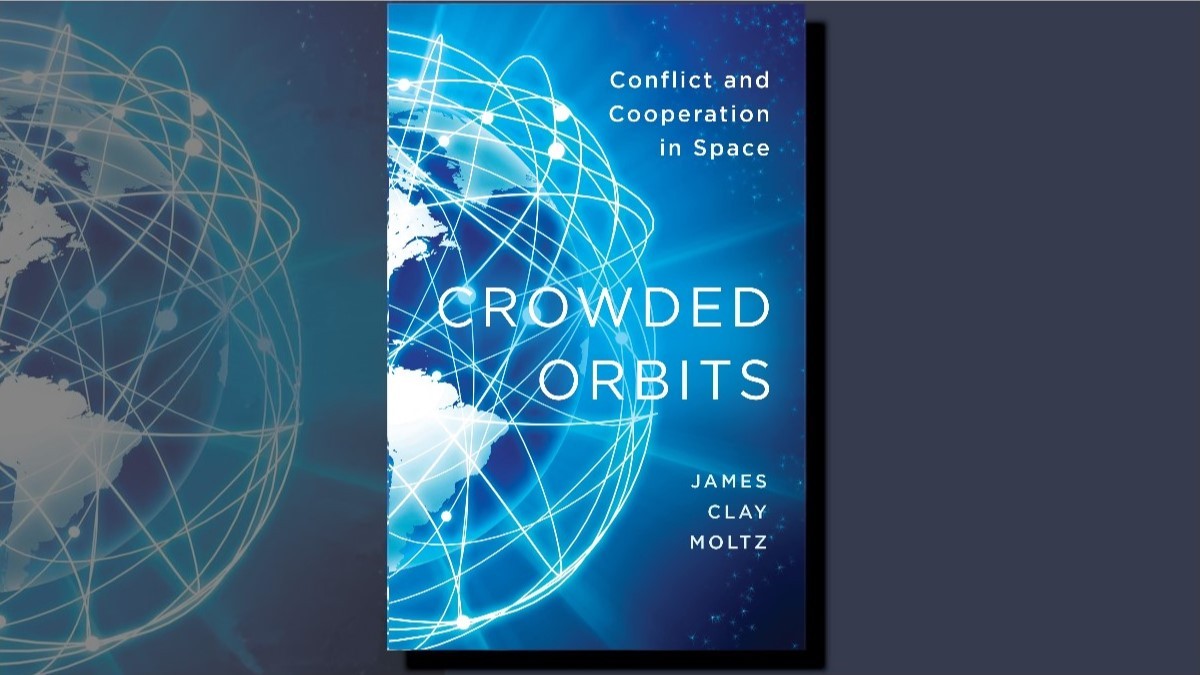Our futures statement is designed to stimulate thinking about ourselves as an Army in a rapidly changing context, and to contribute to the authoritative joint concepts that will drive future investment and force structure considerations.
As an Army in Motion, our profession demands a continuous contest of ideas. This requires wide engagement across Defence, whole of government, industry, academia and our international military partners as well as with new and emerging partners. Our aim is to strengthen our joint warfighting philosophy to meet the challenges of the future while also being strategy and concept-led.
I require all of Army, at every level, to discuss and debate the themes framed through the notion of future conflict, or what Army is now describing as Accelerated Warfare.
As a central idea, Accelerated Warfare describes both the operating environment and a description of ‘how we respond’. Accelerated Warfare provides the start-state for how we think, equip, train, educate, organise and prepare for war. This is a critical step in becoming future ready.
The Challenge
We live in an era of increasing competition where the rules-based international order is coming under increasing pressure. Being future ready means continuing our contribution to an open and fair international system, and being prepared for increasing volatility, uncertainty, complexity and ambiguity.
Geopolitics. Our region is becoming increasingly defined by a changing geopolitical order and operating spectrum of cooperation, competition and conflict. At the same time, the pace of urbanisation and regional competition in littoral environments is bringing its own form of complexity. These trends are a major factor in accelerating the speed and dynamism across diplomatic, informational, economic and military interactions between sovereign states and other actors.
Threat. Our operating landscape is changing – adversaries, including violent extremist organisations and state-based threats can now control and influence all operating domains. The advent of rapidly evolving, easily accessed technology increasingly offers asymmetric capabilities to both established powers as well as non-state actors and even individuals. The ability to sense and strike from long range as well as swarming low-cost technologies are increasing the vulnerability of major military systems. Future strike capabilities will not just be physical but also digital, executed often at the speed of a mouse-click. Sophisticated Anti-Access, Area Denial (A2/AD) capabilities offer the ability to deny manoeuvre while distributed systems that are ‘smarter’ and smaller are becoming increasingly essential to survivability. Networking will be critical in terms of generating a system capable of ‘cooperative engagement’.
Technology. While the nature of war as a contest of wills is enduring, technological disruption is rapidly changing war’s character. These characteristics include the convergence of big data, artificial intelligence, machine-learning, robotics, unmanned and autonomous capability with precision weaponry. Fused, synthesised and assured information for decision superiority is also likely to be an essential battlefield enabler with the challenge to protect this information from disruption and deception. Technology is not the sole answer. Our challenge is to underpin technological change with a joint warfighting philosophy linked to future investment, force structure, mobilisation and logistics transformation to be relevant, adaptable and survivable in the modern operating environment.
Domains. The reach of sensors and fires means Army must address all domains and comprehensively integrate across them. Space and cyber have not been fully contested in previous wars and therefore we have limited knowledge for how conflict in these domains will play out in the future. Our ability to operate in the traditional air, sea and land domains are at risk of being debilitated from space and cyber yet there is also great opportunity in these domains for military advantage. Future conflict is likely to be across domains where networks and integration are the key to generating military power.
Put together, the geopolitical context, changing threat, disruptive technologies and domain integration means that we must prepare for an accelerating environment. Future warfare, in certain parts, will be fought at the speed of machines with success belonging to the side who can adapt the fastest.
Future advantage will lie with the side who can ‘own the time’ and best prepare the environment.
The Response
Within this accelerating context, Army must respond. We must push ourselves to think in creative and unconstrained ways to ensure our warfighting philosophy is appropriate and informs our future capabilities.
Accelerated Warfare as a description of ‘how we respond’ means owning the speed of initiative to outpace, out-manoeuvre and out-think conventional and unconventional threats. It requires excellence in the art and science of decision making as well as deep thinking about Army’s role in understanding, shaping and influencing the environment.
Our role for creating access, persistence and lethality in the joint force are areas for greater discussion. This includes aligning shared interests to create access to our preferred operating environments, technologies and partners. We must discuss how we leverage persistent presence through access, endurance and our people-to-people links. Applying lethality on the land, from the land and onto the land for potency and influence across all domains must remain a central focus for our role in the joint force.
As we discuss ‘how we respond’, we will also think about our organisational elements. Our people must be leaders and integrators who contribute to multi-disciplinary teams, enabling us to thrive in uncertainty, adapt to change and generate solutions. We must leverage emerging technology as a potential source of advantage, integrating new technologies within the joint force. Partnerships through teaming with our international military partners, industry and academia will be of paramount importance to unlock potential and strengthen relationships for mutual benefit.
We must pull the future towards us rather than wait for it; Army must respond proactively by rethinking our contribution to joint warfighting philosophy, strategy and concepts. I look forward to your engagement as we explore these ideas together, define the next steps and inform our capability development priorities.
More information on how to contribute will be released during the Chief of Army’s Land Forces Seminar on 04 September 2018.


